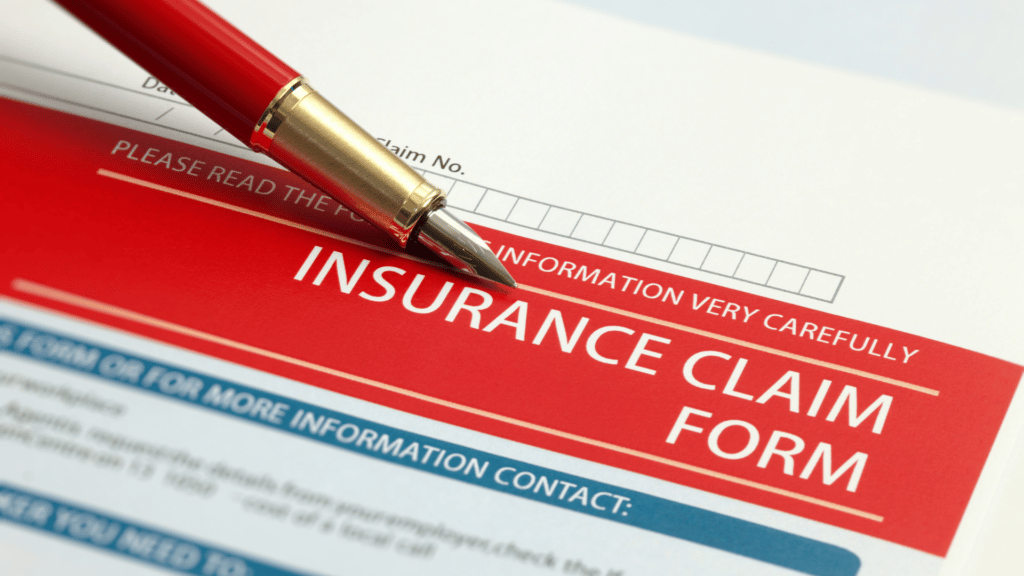In order to ensure proper reimbursement, all medical practitioners need to know their Place of Service Codes. Place-of-Service Codes help providers better understand charges and claims and allow hospitals and other PMSs to report the appropriate Place-of-Service (POS) code for each charge. This helps medical payers determine which hospital/PMS/institution is most appropriate for a particular line-item service on a claim. This enables them to make more informed coverage decisions, leading to better reimbursement rates for providers and institutions. Use this handy resource for all your POS code needs and questions.

Place of Service Codes
Place of Service Codes are codes for CMS-1500 forms that tell the payer where the patient’s medical care was given. That could be an office (POS 11), state or local public health clinic (POS 71), outpatient hospital (Place of Service 22), or other location.
You don’t need to memorize the codes to work in a clinic or private practice. But after doing it long enough, you will.
Looking for a thorough list of Place of Service Codes?
Click the button below to download the PDF. It has all 99 codes, along with names and descriptions!
See the sections below for additional information on the Place of Service Codes. This article includes a beginner’s guide, a FAQ for new rules, and some recent changes as of 2022.
Place of Service Codes for Beginners
The video below gives a short introduction to the Place of Service Codes. It’s clear and straightforward and won’t take up your entire lunch break.
Why Should We Care About Place of Service?
Of course, we care about submitting the right POS, but did you know that the claim can get derailed without the correct code?
There are different authorization and referral requirements based on where services are rendered to a patient. The Place of Service Code will also change how the claim gets routed and the amount of the physician’s fee.
With the wrong POS, the claim can even get denied outright with a “no authorization” reply. For instance, let’s say your patient went to the Emergency Room, but you accidentally submitted a CMS-1500 with the POS code 22 for Outpatient Hospital. In that case, the outpatient authorization wouldn’t exist so the claim would get denied.
FAQ for Rules for Place of Service Codes

There’s a short list of common questions about POS below. For a more detailed reference, see the Revised and Clarified Place of Service (POS) Coding Instructions on the CMS.gov website.
Q: How do we pick the POS code for physician services?
A: We match the place where the service was provided in person to the code from the short table above or the long table below.
Q: How does Place of Service apply to reading diagnostic tests?
A: Sometimes a physician or other medical professional will interpret a diagnostic test that was done in a different location. When this happens, we use the code for the location where the patient participated in the test in person.
Example: A patient gets an ultrasound at a hospital near her house. The hospital submits the claim for the Technical Component (TC) of the test. A physician in another state reads and interprets the results in his own office. Since the patient’s face-to-face participation in the ultrasound happened at the hospital, the physician will bill for the reading under Place of Service 22, or Outpatient Hospital.
Q: Are there exceptions to the Place of Service rule?
A: The rule has two exceptions. First, when a patient receives service as a hospital outpatient or inpatient (POS 22 and 21), the claim is paid under the Medicare Physician Fee Schedule (MFPS). Second, if a physician has a separate office space on hospital grounds, then the physician will use POS 11 (office).
Q: What if my Place of Service doesn’t match any of the existing codes?
A: CMS.gov provides a process for modifying existing codes or requesting new codes. Submit requests to CMS.gov in writing to the POS Coordinator. Requests should be sent along with all relevant information per the instructions on the CMS.gov site here.
Recent Changes to Place of Service Codes
In 2016, CMS made a few changes to the POS codes.
First, as more physician practices become more hospital-based, separating out the proper POS becomes more difficult.
Second, CMS wanted to more accurately reflect the value of postoperative visits.
To reflect these needs, CMS created the new POS 19 code. POS 19 is Off Campus – Outpatient Hospital. This reflects part of an off-campus department that provides services to patients who don’t need hospitalization.
CMS also modified POS 22, Outpatient Hospital. The code now describes part of a hospital’s main campus that provides services to patients who don’t need hospitalization.
In a nutshell, POS 22 is an on-campus outpatient hospital, and POS 19 is an off-campus outpatient.

Conclusion
Place of Service codes is a vital part of how a physician, practice, clinic, or other medical entity makes its money. The wrong POS code can result in the wrong fee amount or an outright denial of a claim.
Use the handy, printable Place of Service Codes list [updated for 2022] to ensure the right code every time. For tough questions about which code to use, see our FAQs section near the top half of this article.
Making sure our practice gets the revenue it should is only half the job. The other half is cost savings. In today’s environment of ever-growing medical waste disposal costs, MedPro Waste Disposal offers a service that’s predictable in its results and at predictable rates. To see how much you could be saving, check out our handy savings calculator here.






